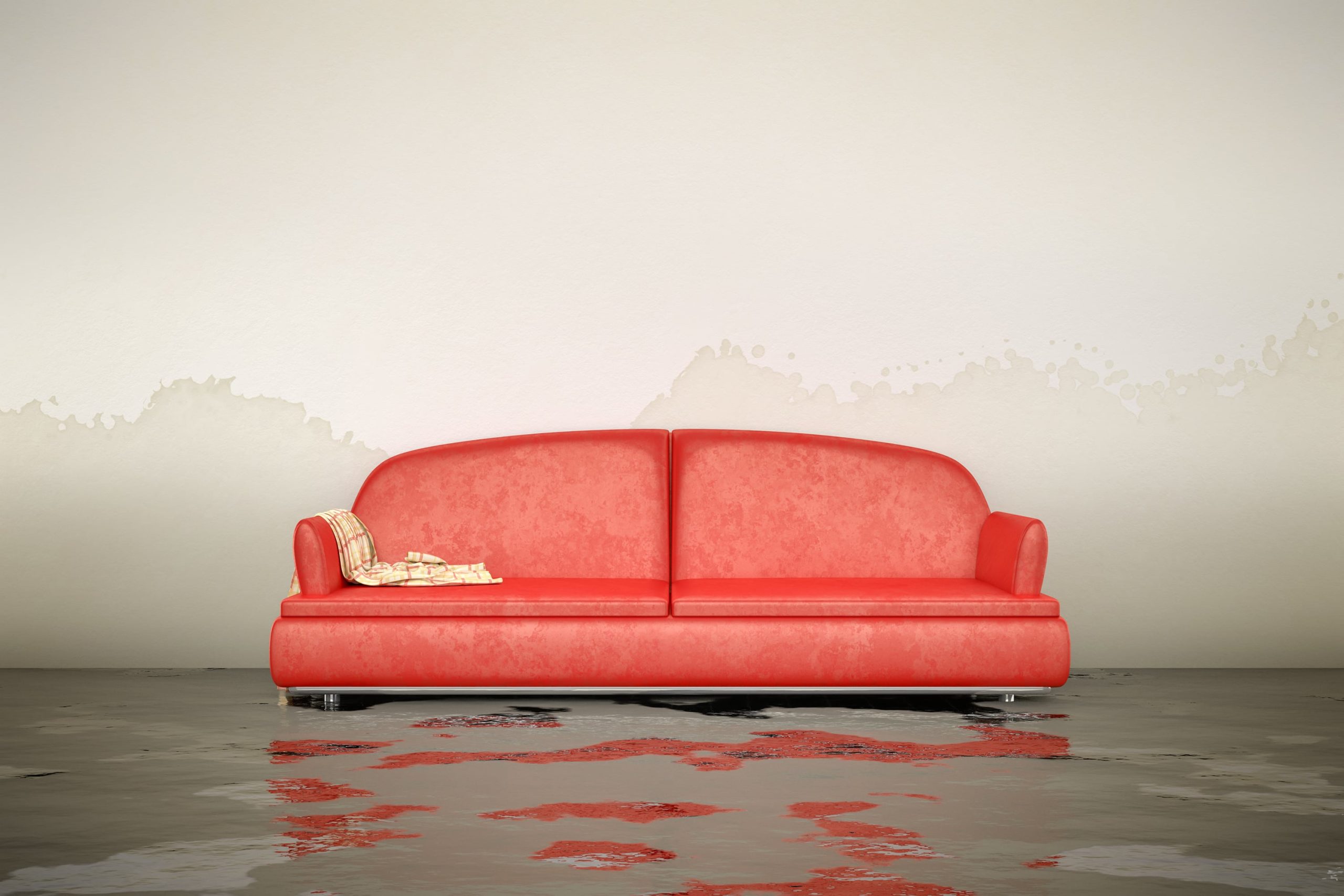
Restoring Your HVAC After Flooding
Flood recovery is on everyone’s minds after the terrible, record-breaking storms in Houston. Whenever a home is flooded, there’s a lot of work that has to be done to make it safely habitable again, in part due to the infectious microorganisms like bacteria and fungus that floodwaters carry. The HVAC system, in particular, generally requires major remediation or total replacement in order to make sure that the home’s air will be safe and healthy to breathe.
After the Flood
After the floodwaters have subsided, the first step in flood recovery for HVAC is determining how much damage has occurred and whether the system needs to be completely replaced or can be cleaned and repaired. The Air Conditioning, Heating, & Refrigeration Institute (AHRI) recommends that flood damaged HVAC systems should always be replaced, but depending on the amount of damage and the cost of repairs, some homeowners choose to remediate their system instead.
Sometimes it can be difficult to determine just how much damage has been done. For instance, while a gas furnace may look fine after floodwaters recede, AHRI points out that if any moisture has gotten inside of the valves or controls, it can lead to corrosion over time. Corrosion due to moisture can be a problem for electric furnaces too.
AHRI does provide the reassuring note that heat pumps and air conditioners are generally sealed systems, so as long as that seal hasn’t been broken, the refrigerant system may be fine after flooding. However, it goes on to say that if the flood water managed to shift either unit of a split system, even if only a small amount, then that sealed system may have broken open, allowing refrigerant out and flood waters in. That will require major repairs or replacement.
See Also: Air Conditioning and HVAC Repair
Should I Clean the unit or replace it?
If homeowners decide to clean and repair their HVAC system rather than replacing it, then the Centers for Disease Control and Prevention (CDC) provide detailed instructions for the restoration of HVAC systems after flooding.
- The CDC and AHRI both strongly recommend that all work be performed by licensed and trained HVAC professionals because of the serious health hazards involved. To begin that restoration, even if the air ducts and HVAC unit themselves don’t have to be replaced, all flooded insulation that’s around any part of the HVAC system must be removed and disposed of, along with any HVAC filters. Insulation and filters simply cannot be cleaned sufficiently to make them safe again.
- The CDC states that the entire system must be cleaned and disinfected. Dirt and debris must be vacuumed out of the unit and air ducts using specially filtered vacuums. Once the debris is cleared, all surfaces must be thoroughly disinfected to kill off any microorganisms that remain. AHRI notes that fully cleaning the ductwork requires taking it apart, cleaning and disinfecting, and then putting back together again. The cleaning must be done carefully and in a specific order to ensure that already-cleaned areas don’t get re-contaminated with microorganisms from parts that haven’t been cleaned yet. Again, that’s why this is work for trained professionals!
- Once the entire system has been disinfected, the CDC explains that it must be rinsed out with clean water. As part of the process, the fan should also be removed from the unit to be thoroughly cleaned and disinfected, then dried out and tested before it’s put back in place. After all cleaning and rebuilding of the system, including replacing insulation and filters, has been completed, the system must be checked by a trained professional. Then it should be run on its normal settings for two to three days to see if any bad odors persist. These odors can be a sign of a missed area that still needs to be cleaned.
- Finally, after all cleaning and restoration and testing is complete, and the home is considered habitable again, the CDC recommends that the HVAC system be checked frequently to ensure that everything is working properly and that no microorganisms, such as mold, have started to grow due to any lingering moisture.
See Also: Heat and Air Systems
Flood Insurance and FEMA
As you can see, restoring a home’s HVAC system after flooding is not a small job, so whether the system is remediated or completely replaced, it can be very expensive. If you have flood insurance, it may pay for the restoration of your home’s HVAC. However, in a flood like we’ve seen in Houston, many homes will flood even though they’re not in an area generally considered a high-risk flood zone. Most of the owners of those homes will not have flood insurance.
That’s where FEMA steps in. Homeowners in a federally declared disaster area can apply to FEMA for grants or loans that may cover the cost of replacing or cleaning and testing HVAC systems damaged by flooding. That’s because part of FEMA’s mission is to make homes in disaster areas habitable again (which doesn’t always mean completely restoring them to their pre-disaster state). FEMA considers working HVAC systems as necessary to making a home habitable—and we certainly agree!
In Conclusion
Hopefully, you and your family will never have to deal with flooding like we’ve seen in Houston. But less severe floods can still cause damage to homes and HVAC systems. If your HVAC system is ever contaminated by flood water, make sure to call a trusted, licensed HVAC contractor to get your restoration done right. Your family’s health depends on it.


